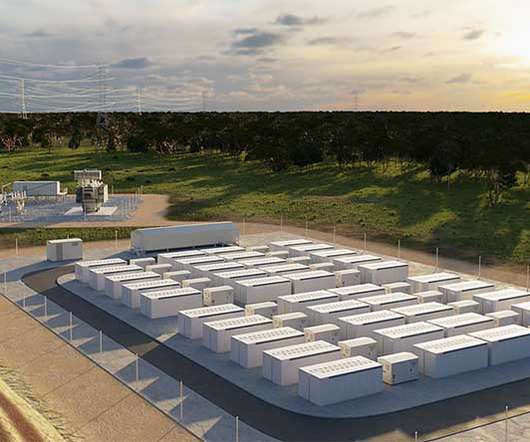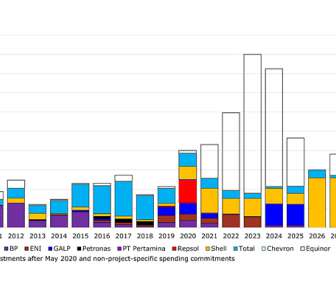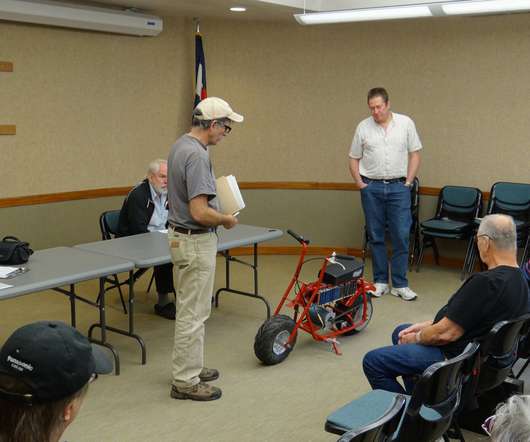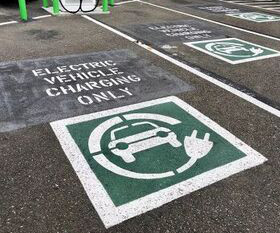New wind farm and Tesla Megapack projects may reduce Australian coal use
Teslarati
NOVEMBER 28, 2022
An upcoming Tesla Megapack project and a new wind farm may help Australia reduce its use of coal power. Australia has long used coal as a power source, mainly because of its abundance. billion) wind power project and a $150 million (USD 97.4 billion) wind power project and a $150 million (USD 97.4 million homes.


































Let's personalize your content